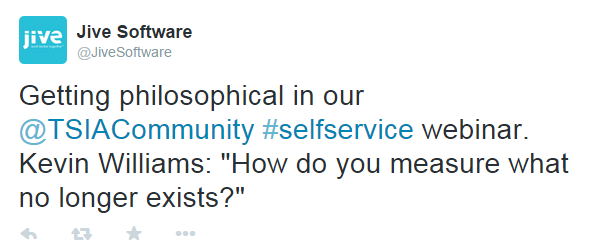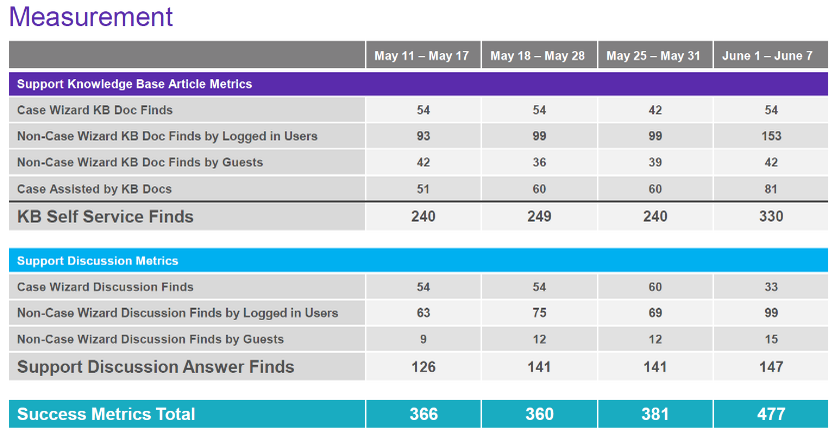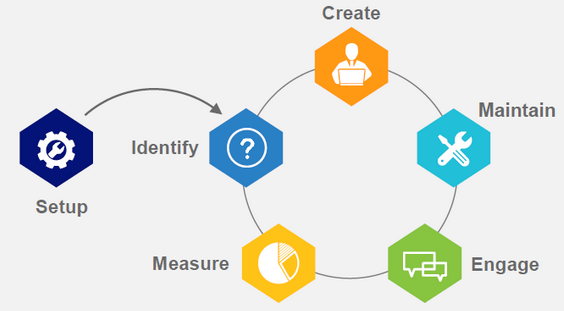Customer support technology is changing rapidly. Gartner reports that by 2017, 67% of customer service interactions won’t require an actual human to provide support.
So how can companies keep pace with the increasing sophistication, complexity, and variety of solutions without losing track of the fundamentals?
The most successful customer support organizations we work with deploy an integrated, customer-facing knowledge base that enables self-service within a customer community. I do it myself, too. I run Global Support for Jive, using our own community product, Jive-x, to support our customers as they support their customers.
Increasing Satisfaction by Combining Customer Communities with Self-Service
This month, I had the pleasure of co-presenting the webinar “Don’t Choose: Combine Customer Communities with Self-Service” with TSIA’s John Ragsdale and Kathryn Everest, Jive Strategist. Check out the recorded webinar; we had a great conversation. Among other topics, we talked about why more companies haven’t integrated self-service into customer communities.
Integration seems like an obvious choice: self-service is a win for customers, enabling them to get their answers faster and when they want it, and subsequently driving higher customer satisfaction. Self-service is also a win for the support organization: at Jive, we have been able to scale Support more effectively even as we continue to grow because self-service capabilities reduce the number of cases per customer handled directly by our support team.

If it’s such an easy justification, why is it so hard to do and to get approval to implement? The answer to this question guides us toward the more difficult part: metrics. Having reliable, believable metrics is surprisingly difficult because you are trying to measure something that did not happen—you’re trying to measure case deflection.
Measuring Case Deflection: How Jive Customer Support Does It

Measuring case deflection isn’t easy—but it’s not impossible. We accomplish it by using just a few out-of-the-box integrations (e.g. Google Analytics and a survey tool) on top of Jive-x to measure the effectiveness of self-service within each phase of the support incident process. Here’s what our reporting looks like, with fabricated numbers:

As you can see, this report succinctly articulates each step of the support process, from searching directly for an answer, to finding an article during the case creation phase, to resolving a direct case faster as a result of having used an article. We look not only at the raw numbers, as in this example, but also at case deflection rates over time. A frequently overlooked self-service source is how answered discussions from our community contribute to case deflection as well.
Once we established clearly understood metrics that were supported by the executive team, we quickly built a solid and repeatable process of identifying new articles, creating new articles, maintaining new articles, driving increases usage and traffic toward those articles (marketing), measuring the effectiveness of the system overall, and repeating.

Each one of these steps is equally important and complex. They need ongoing review and improvements. As an example, in the identification phase, if you are just beginning, polling your support staff may be sufficient. As you move along, you will likely want to add in the ability to flag cases for knowledge base article review, to leverage keyword analysis tools like Jive’s Resonata for top topics/themes, to analyze top search queries on your customer community, and even to propagate top answered discussions into their own official knowledge base article—just to name a few!
This entire knowledge base self-service solution was built on top of Jive-x, and is all embedded within our Customer Community. What required extra planning was integrating the KB into the overall experience so that our customers could use the support model that works best for them.
Since launching, we have more than doubled the number of deflected cases, and are pushing to drive another 5% through this channel over the next year, resulting in increased customer satisfaction AND reduced costs.
If you are looking to do this yourself, we have a lot of documentation you can access:
- All of our steps and processes for Knowledge Base management are available in our Knowledge Base Implementation Guide
- For Discussions/Forums Management documentation, check out our Support Community Implementation Guide.
- Have questions? And ask any questions in the Support Community Managers Group!
Stay tuned for deeper dives into measuring customer support successes!
See how Jive works.
Request a personalized demo.
See for yourself how Jive can drive productivity and engagement across your organization. Get a free personalized demo.